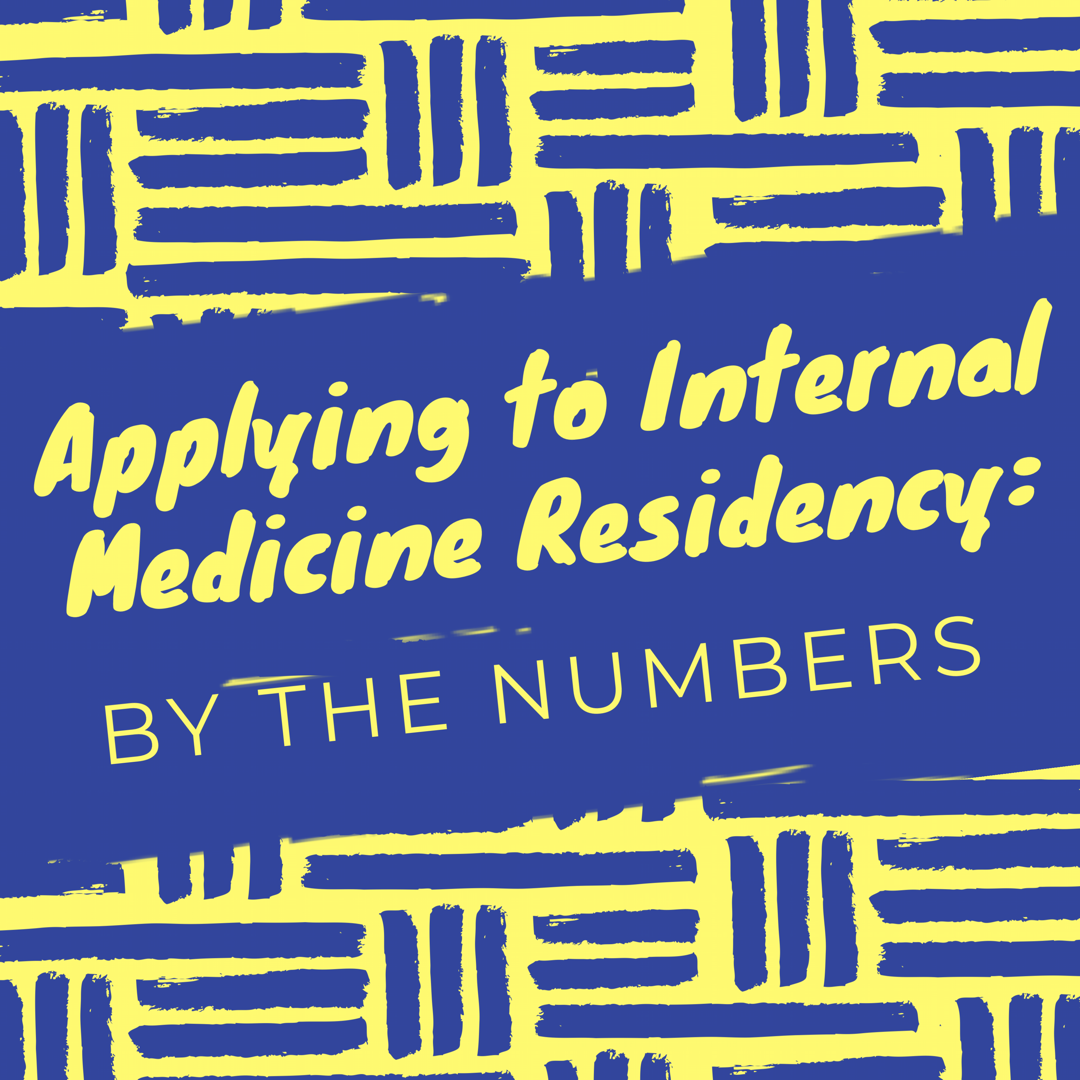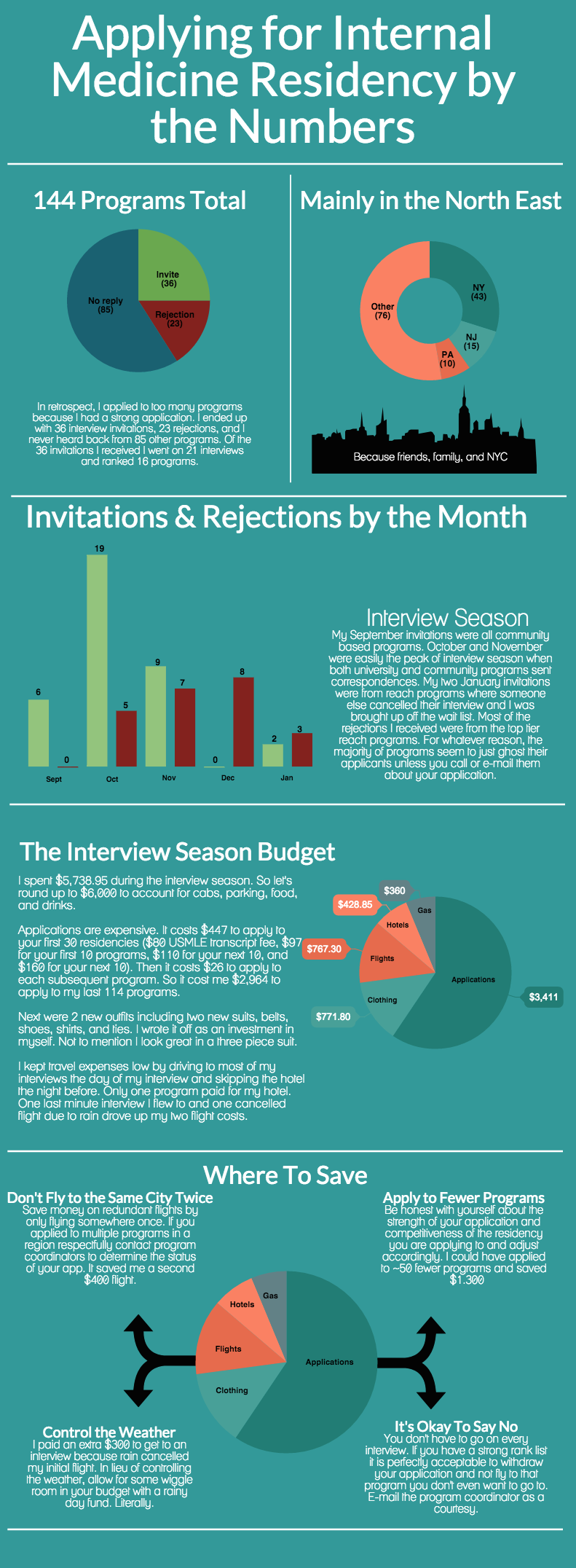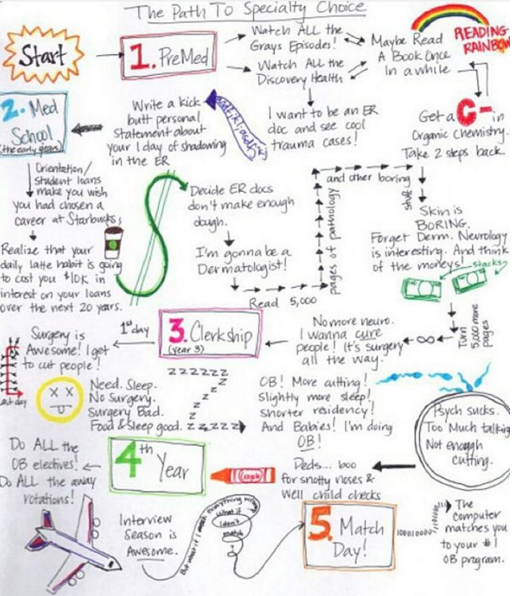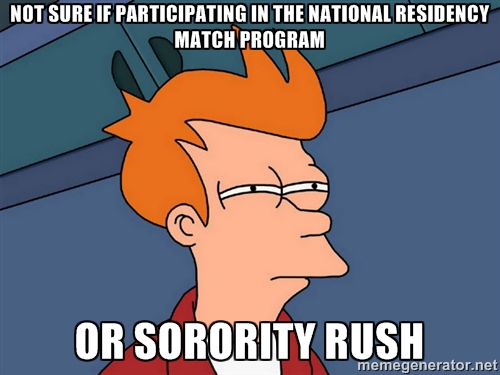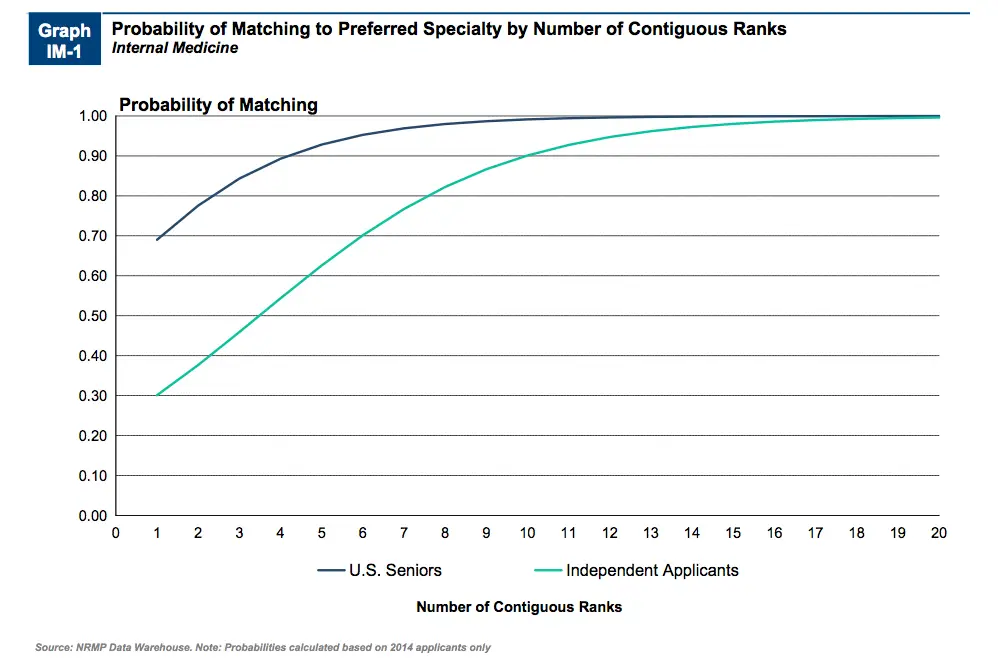Residency interviews are like a series of first dates only worse. Unfortunately, you can’t have your friend call you to bail you out because you’re not enjoying yourself. You have to sit through each powerpoint presentation on why each residency program is far superior to all the rest and pretend like you haven’t heard the same spiel from every other program. Here’s some advice on how to excel on your residency interviews.
1. Be the best version of yourself
When I asked my dad for advise before my first interview he said, ‘just be yourself’. I looked back at him incredulously and he corrected himself by adding, ‘maybe just tone it down a little bit’. This could also easily be titled ‘hide the crazy’. Be yourself but don’t come on too strong. Be the person your dog thinks you are.
2. Know what you want…and share the important details
I wanted a residency program with a strong cardiology program in a big city in the northeast. Sure, I left out the ‘northeast’ part when I interviewed in Pittsburgh and Miami. And it was a little awkward when I mentioned my interest in pursuing cardiology to the one program that didn’t have my desired fellowship. Kind of like the time I met a Tinder date at my favorite Brooklyn hipster bar only to learn that she ‘doesn’t drink’. My point being that you should know what is important to you and know what is a deal breaker. Just don’t shoot yourself in the foot in the process.
3. Have interests outside of medicine
It really doesn’t matter what hobbies you have. You can be a tequila aficionado, coffee connoisseur, or an amateur chef. Sure, on a medical residency interview its good to mention your interests and long-term goals in medicine but it gets old after a while. Just think how many other applicants talk about how much they love saving lives. We get it. You want to be a doctor. Just remember to show them who you are outside of what is inside your application.
4. Prepare for the most commonly asked questions
This shouldn’t have to be mentioned but I’m going to do so anyway. Your interview day should not be the first time you think of your answer for the most frequently asked questions like (1) tell me about yourself, (2) where do you see yourself in 10 years, (3) what would you have done in life if you didn’t pursue medicine, (4) why this specialty, (5) what are your biggest weaknesses/strengths. Talk these out with your friends. You don’t need to memorize your answer. In fact, don’t. It will sound memorized. Just make a few bullet points about things you want to mention.
5. Use every question as an opportunity to sell yourself
I’m not sure if you knew this or not but sometimes during the presidential debates the candidate doesn’t always answer the question they were asked. They use the question as an opportunity to talk about something important that they want to convey. You should do the same with your interview. For instance, on one interview I was asked ‘if you could be any type of animal, what type of animal would you be?’. There wasn’t one right answer but there are certainly wrong answers. I said, ‘a bee’. After the interviewer looked at me funny I explained ‘bees are intelligent animals proficient at fulfilling their individual tasks for the betterment of the hive much like how in medicine each specialty must work together and communicate effectively for the betterment of the patient’. This specific answer might be catered to internal medicine and the primary specialties so it might not go over so smoothly on an orthopedic surgery interview but you get the idea.
6. Make them remember what you said, not how you dressed
How you dress is kind of like your personal statement. You just want it to keep you par with the other applicants. You have very little to gain by being risky with both your personal statement and how you dress but unfortunately a lot to lose by trying to show off. Blend into the background of black and grey suits or skirts and laugh when the program director makes the old joke ‘oh wow, a colorful bunch!’.
7. Send a ‘thank you’ after the interview
Many programs told me about a study that showed many applicants changed their rank order list based on post-interview communications. As such, most programs have a strict ‘business only’ communication after the interview. This means that they will answer questions that you have about their program but shouldn’t tell you much more than that. Regardless, send a thank you e-mail. Hand written letters are okay too. After each interview remember to write down something memorable that you talked about so you can include ‘I enjoyed discussing what we would do with our lottery winnings. Do you mind sharing with me where that elephant sanctuary was in Thailand that you recommended?’ (Yes, this actually happened. The interview went pretty well).
8. Take notes after the interview and keep a running rank list
Each program begins to blend together after each interview. Make note of important things you like and dislike about each one. You’d be surprised at how good/bad some hospital cafeterias are.


